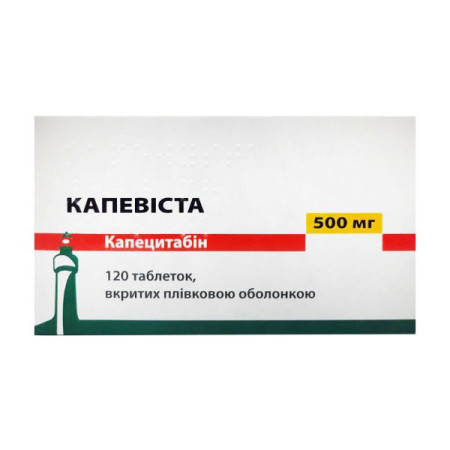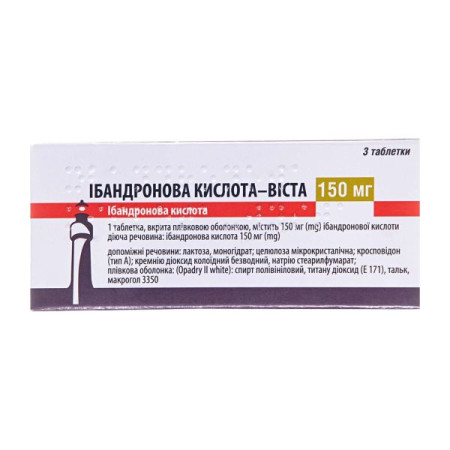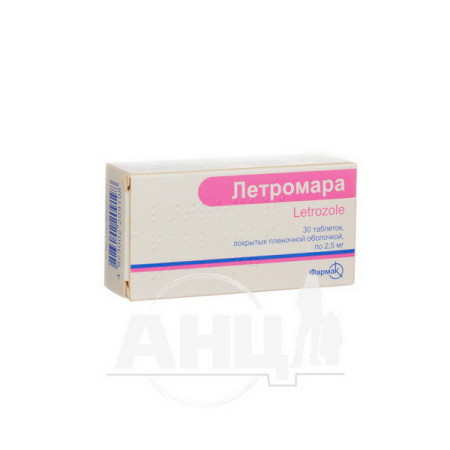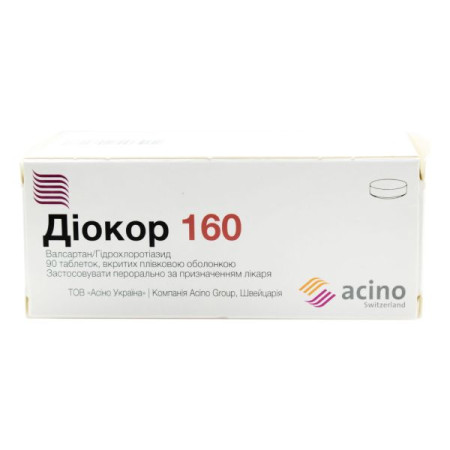Bepanten cream 5% tube 100 g

Instructions Bepanthen cream 5% tube 100 g
Composition
active ingredient: dexpanthenol;
1 g of cream contains dexpanthenol 50 mg;
excipients: DL-pantolactone, phenoxyethanol, amphisol K, cetyl alcohol, stearyl alcohol, lanolin, isopropyl myristate, propylene glycol, purified water.
Dosage form
Cream.
Main physicochemical properties: homogeneous opaque cream of white or white with a yellowish tinge, with a faint odor.
Pharmacotherapeutic group
Means for the treatment of wounds and ulcers. Preparations that promote healing (scarring) of wounds. Dexpanthenol.
ATX code D03A X03
Pharmacological properties
Pharmacodynamics
Dexpanthenol, the active ingredient in Bepanthen® cream, is rapidly converted into pantothenic acid in cells and acts like a vitamin. Dexpanthenol is more easily absorbed than pantothenic acid after topical application.
Pantothenic acid is a component of the essential coenzyme A (CoA). Acetyl-CoA plays a central role in metabolic processes in cells. Thus, pantothenic acid is essential for the repair and regeneration of damaged skin and mucous membranes.
Pharmacokinetics
Dexpanthenol is quickly absorbed by the skin. After that, it is immediately converted into pantothenic acid and added to the internal depot of this vitamin.
In the blood, pantothenic acid binds to plasma proteins (mainly β-globulins and albumin). In healthy adults, the concentration is approximately 500–1000 μg/L and 100 μg/L in blood and serum, respectively.
Pantothenic acid is not metabolized in the body and is excreted unchanged. After oral administration, 60–70% of the dose is excreted in the urine, the rest in the feces. In adults, 2–7 mg of pantothenic acid is excreted in the urine per day, in children – 2–3 mg.
Indication
Bepanten® cream should be used in the following cases:
preventive treatment of dry, reddened or cracked skin;
acceleration of skin healing and epithelialization in microinjuries (mild burns and scratches); in skin irritations (e.g., due to radiotherapy, phototherapy, or ultraviolet radiation); diaper dermatitis; in chronic skin ulcers and bedsores; anal fissures; cervical erosions and after skin transplantation;
skin treatment of patients during and after topical application of corticosteroids;
preventive care of the mammary glands in breastfeeding women and for the treatment of irritation and cracked nipples.
Contraindication
Hypersensitivity to dexpanthenol or to other components of the drug.
Interaction with other medicinal products and other types of interactions
There are no known cases of interactions with other drugs.
Application features
When using the drug, contact with eyes should be avoided.
Cetyl alcohol, stearyl alcohol, lanolin may cause local skin reactions (e.g. contact dermatitis). Propylene glycol may cause skin irritation.
Use during pregnancy or breastfeeding
There is no reason to believe that the use of the drug during pregnancy or breastfeeding is risky. During pregnancy, the drug should be used as prescribed by a doctor.
When used to treat cracked nipples during breastfeeding, the product should be washed off before feeding.
Ability to influence reaction speed when driving vehicles or other mechanisms
No effect.
Method of administration and doses
Accelerate healing and epithelialization, regular skin care: apply Bepanthen® cream, 1 or more times a day as needed.
Breast care for breastfeeding women: apply cream to the nipples after each breastfeeding.
Treatment of cervical mucosal defects: apply the cream 1 or more times a day under the supervision of a doctor.
Baby care: apply Bepanthen® cream after each diaper change.
Bepanthen® cream penetrates the skin quickly, making it suitable for the care of weeping wounds, unprotected skin surfaces (face) and hairy areas. It spreads easily over the surface, making it suitable for the treatment of painful sunburn and other minor burns.
Children
The drug can be used in children of different age groups, including infants.
Overdose
Even improper use of a larger amount of the drug Bepanthen®, cream, does not lead to toxic side effects.
Side effects
Immune system disorders, skin and subcutaneous tissue disorders: Allergic reactions and allergic skin reactions have been reported rarely (<1/10,000): contact dermatitis, allergic dermatitis, pruritus, erythema, eczema, rash, urticaria, skin irritation and blisters.
Expiration date
3 years.
Storage conditions
Store at a temperature not exceeding 25 ° C. Keep out of the reach of children.
Packaging
30 g or 100 g in a tube, 1 tube in a cardboard box.
Vacation category
Without a prescription.
Producer
GP Grenzach Produktions GmbH/GP Grenzach Produktions GmbH
Location of the manufacturer and its business address
Emil-Barell-Strasse 7, 79639 Grenzach-Wyhlen, Germany.
There are no reviews for this product.
There are no reviews for this product, be the first to leave your review.
No questions about this product, be the first and ask your question.












